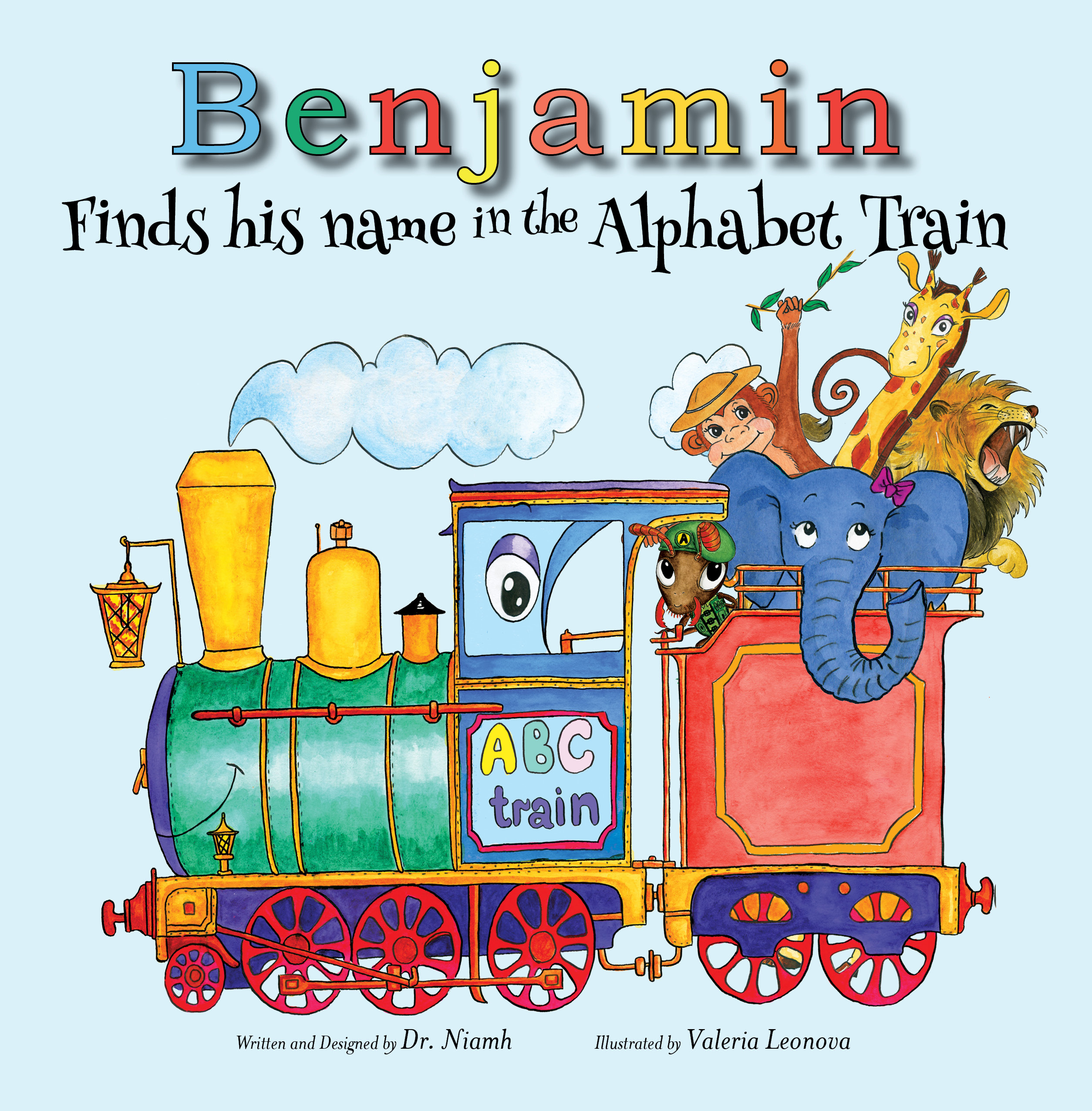The Narrator’s Voice By Daniel Vimont
The Challenges of audiobook narration: Giving Voice to characters.
One of the most profound differentiators between audiobook narration and any other type of oration lies in the need for the lone narrator to create distinctive voicings for all of the characters that engage in dialogue within a story being recorded. While it’s not always necessary to go to extreme lengths of making unique voices and personalities (i.e., the job is not to fool the listener into thinking that they are hearing multiple actors performing a work of radio theater), it is absolutely vital to provide enough voice differentiation so that the listener can tell when a particular character is speaking.
With that said — I, for one, do indeed like to strive to give even minor characters as much unique personality and “attitude” as I can. And all aspects of prosody are at my disposal, including tempo, pitch, amplitude, volume, vocal placement (throat vs. mouth), percussiveness, and accent. But I don’t really think of these individual aspects in technical terms as I create a voice; instead I spend some time simply imagining what the character is like. Then I locate some of their dialogue in the text and just start experimenting with it, until I find a sound that “fits”. I don’t agonize over this — the entire process of establishing a voice, even for a main character, usually takes no more than a minute or two.
A standard challenge that all narrators face is the cross-gender challenge. For me, being a male with a naturally baritone to tenor speaking voice, the challenge comes in reading the dialogue of female characters. As the best vocal coaches teach, it’s *not* all about pitch. (Speaking in falsetto is definitely off the menu. I don’t want all of my female characters to sound like they popped right out of a Monty Python sketch.) Again, finding a voice is more about first establishing and solidifying my ideas of a character’s personality. With women characters this usually then calls for potentially adding an effeminate lilt or breathiness to the voicing, as much (or little) as might be fitting given whatever persona I’ve conjured up.
But above all, the one aspect that I love to play with is accent. However, I only stick with a narrow range of regional accents that I feel at home with. It’s fortunate that I spent some formative years both in Texas and in New York City, so dialectical traces from both those places show up naturally in my everyday speech. When I have a character that needs either a full-throttle New York or Texan accent, I simply take the part of my regular voice that leans that way, and consciously crank it up!
In the case of the two O. Henry short stories that I’ve made recordings of, I came to think of the third person narrator (the author himself) to be a “character”. And despite the New York City settings of most of his stories, O. Henry was a southerner who spent some of *his* formative years in Texas. So I can’t imagine reading his stories with anything other than a light Texas accent — the style of his writing simply *demands* it. In “The Gift of the Magi” below, you’ll note that I give the lead female character a midwestern accent and her husband, the male lead, a Manhattan/Brooklyn accent, while reading the main narrative with the best Austin accent I could manage. Also here for your enjoyment is O. Henry’s “The Last Leaf”, a more recent recording of mine that will appear on the upcoming audiobook CLASSIC TALES OF HOPE AND COURAGE.


I enjoyed your post. I listen to many audio books when I am traveling. I love to listen to how the narrator is able to create the many voices of the characters. Some do it very well, others don’t. I enjoyed your reading of O. Henry’s “The Leaf.” You really have a gift.
LikeLike
Thanks very much Patricia!! I’m curious — from what source(s) do you get the audiobooks that you listen to?
LikeLike
When I want a specific audiobook I purchase it or get it from the library.
LikeLike
Great tips! 😀 I really enjoy when authors read their own work out loud. Then I can hear what they think their characters sound like. 🙂
LikeLike
Yep — we can get great insights (or in this case, is it “insounds”?) from present-day authors who are willing to record aloud their own works — not just regarding the sound of their characters, but many other aspects of the tone and intended meanings of a story.
As always, Erik, thanks for your positive feedback!
LikeLike
Also, I have no clue what octave I speak in (hint – I’m 12!), but I am 95% sure that falsettos wouldn’t work for me, except for grannies. Possibly.
The Monty Python jibe made me laugh. 🙂
LikeLike
I like this narrator’s voice a lot Daniel. Regard to its dramatic aspect I have to say it is great! I could imagine the characters very well!!
LikeLike
Thanks for the positive words, Mahasty — much appreciated!
LikeLike
Speaking of character voices, here is a recording that I just completed (which will also be featured in CLASSIC TALES OF HOPE AND COURAGE):
“Rikki-Tikki-Tavi”, by Rudyard Kipling
https://soundcloud.com/commonvox/rikki-tikki-tavi
This story features a number of characters, each of which has a very distinct voice, appropriate to its personality and temperament.
LikeLike